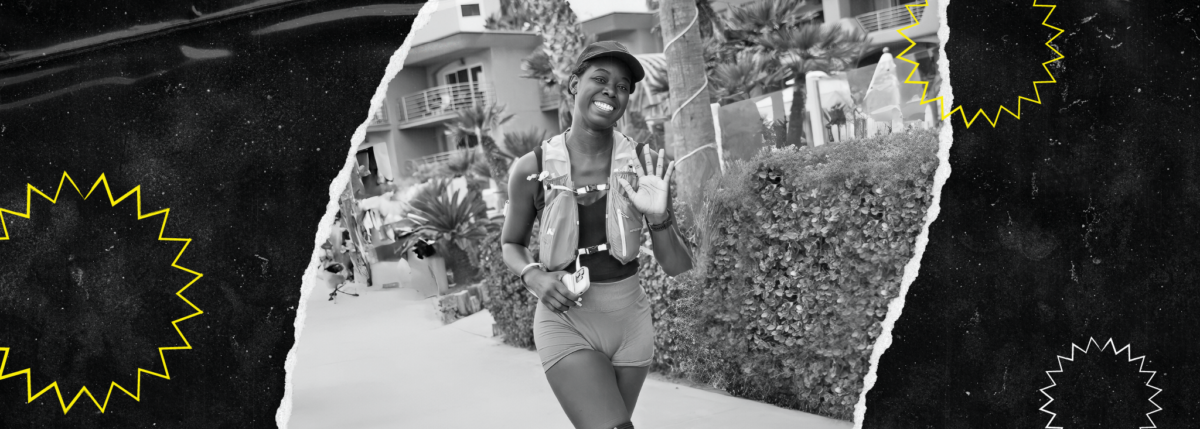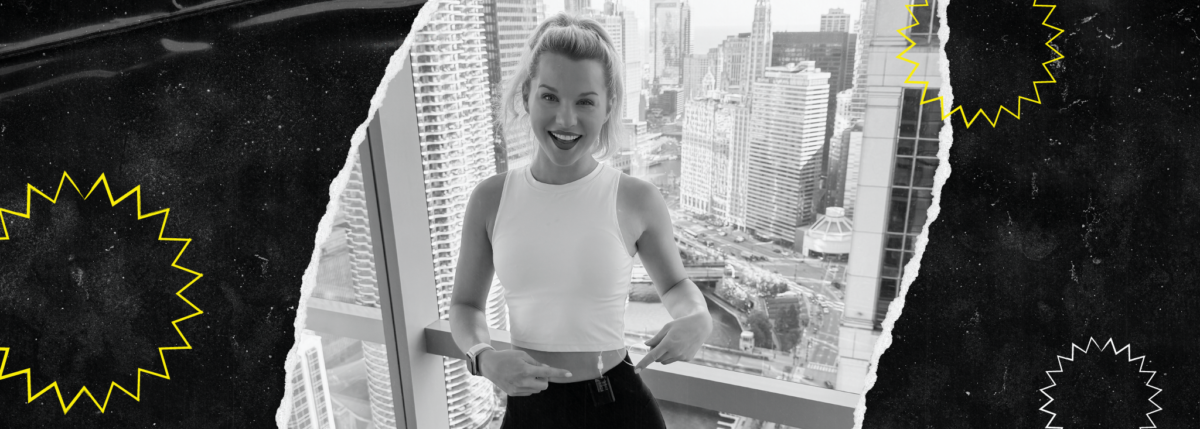Winter and Type 1 Diabetes
Written by: Carla Cox
3 minute read
March 7, 2018
Editor’s Note: Type 1 diabetes shouldn’t prevent you from enjoying the snow, the ice and the beauty of winter. Hear advice on diabetes management from Carla Cox, PhD, RD, CDE, who is an avid fan of winter sports and wonderlands.
I love winter! I love skiing (downhill and cross-country), dog-sledding and snowshoeing. But winter does not come without its challenges, particularly when you also have type 1 diabetes. Fingers are cold and it can be hard to get a sample of blood, glucose meters won’t work if they are too cold, insulin can freeze in the pump tubing if it becomes “untucked,” candy bars can freeze and become impossible to eat. Pump infusion sites can still create havoc as they always can, and changing an infusion set on the ski lift is a bit of a challenge. Add to all that—exercise by itself can create some crazy blood glucose responses.
So what are tips for exercising in the cold?
1 – Consider a reduced basal rate on your pump
Starting one hour prior to riding a ski lift or heading out for a cold weather adventure, considering reducing your basal rate on your pump. You can also lower your long acting insulin the evening or morning prior to your activity. It’s easier to give a bolus if your blood glucose is heading up then to have to stop and treat one or more low blood glucose values while you are out and about. Discuss this with your provider or diabetes educator for tips and tricks.
2 – Check blood glucose values frequently
A continuous glucose monitor is amazing, but make sure you keep the receiver warm by putting it in an interior pocket or near your skin. If you are using finger sticks—make sure you keep your glucometer near your body. Warm up your hands prior to your finger stick to make sure you have good blood flow. And try not to spill all the strips on the snow! Fumbling fingers are easy to come by in the cold.
3 – Altitude + BGLs
If you are enjoying a ski trip to high altitude, be aware that altitude sickness can have a major impact not only on your blood glucose level, but on your desire to check as well. Make sure you have a buddy with you to remind you to continue to check and treat as needed. If you get really sick at altitude—it is time to head down to lower altitude—and don’t delay.
4 – Inform friends
Enjoy your winter adventure with friends that know you have diabetes and know the signs and symptoms of low blood glucose. It may be annoying, but having a friend (or even family member!) encourage you to check your blood sugar if you start acting a little bit “stranger” than usual may be helpful and allow you to work out longer, countering blood glucose extremes.
5 – Pack extra supplies
If you are planning to be on the slope all day without returning to the base, or are out on a long ice climbing adventure, make sure to take extra insulin, syringes as back up, lots and lots of testing supplies and carbohydrates for both exercise and lows.
6 – Prevent insulin from freezing
Keep your insulin pump, vial or pen next to your body to keep it from freezing and don’t leave extra insulin in the car! And remember to take carbohydrate snacks that don’t freeze so hard they break your teeth. Granola bars are generally reasonable, as are shot blocks and glucose tabs. A cup of hot chocolate out of a thermos is a great treatment as well. And so nice in the cold!
7 – Sign up for camp
Consider attending a winter sports camp such as Riding on Insulin. Great camaraderie, coaches to help you with your diabetes management while skiing/snowboarding and a great time! I go every year and love it!
8 – Check your blood sugar
And most important of all—check, check, check, check your blood glucose (BG)! It’s hard to predict and nothing is more frustrating than a low that just can’t come up. Type 1 diabetes shouldn’t prevent you from enjoying the snow, the ice and the beauty of winter.

Author
Carla Cox
Carla is a certified diabetes educator and registered dietitian. Academically, she has a master’s degree in nutrition, and a doctorate with emphasis in exercise physiology. She has been a certified diabetes educator for over 25 years and presently works at Providence Medical Group’s endocrinology, diabetes and nutrition center. The majority of her recent work is devoted to helping persons with diabetes utilize technology to help them manage their diabetes. A major passion of hers is incorporating diabetes, kids and exercise; encouraging children with diabetes to enjoy activities in the out of doors, prepared and minimizing risks. This has resulted in many rafting, backpacking and hiking trips with kids with type 1 diabetes. She enjoys winter sports which include downhill and cross country skiing, snow shoeing and running her team of sled dogs!
Related Resources

Danica Collins not only prepared for one of the most challenging physical events of her...
Read more

Beyond Type 1 is spotlighting inspiring athletes with type 1 diabetes as they prepare for...
Read more

On November 3, 2024, Taylor Rindfleisch of Chicago laced up her running shoes for the...
Read more

